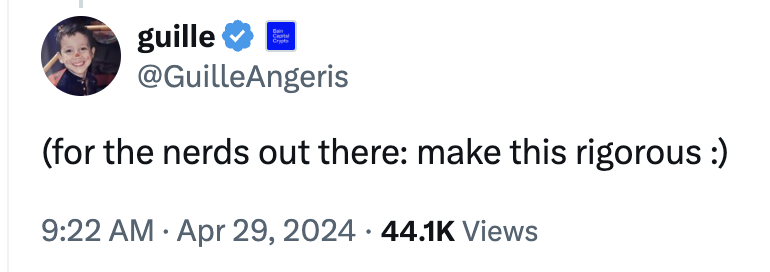3 * 4 = 2 * 6. You can multiply different bunches of numbers and get the same result. But you can't do this if the numbers you multiply are all prime. Why is that?
• • •
Missing some Tweet in this thread? You can try to
force a refresh


















